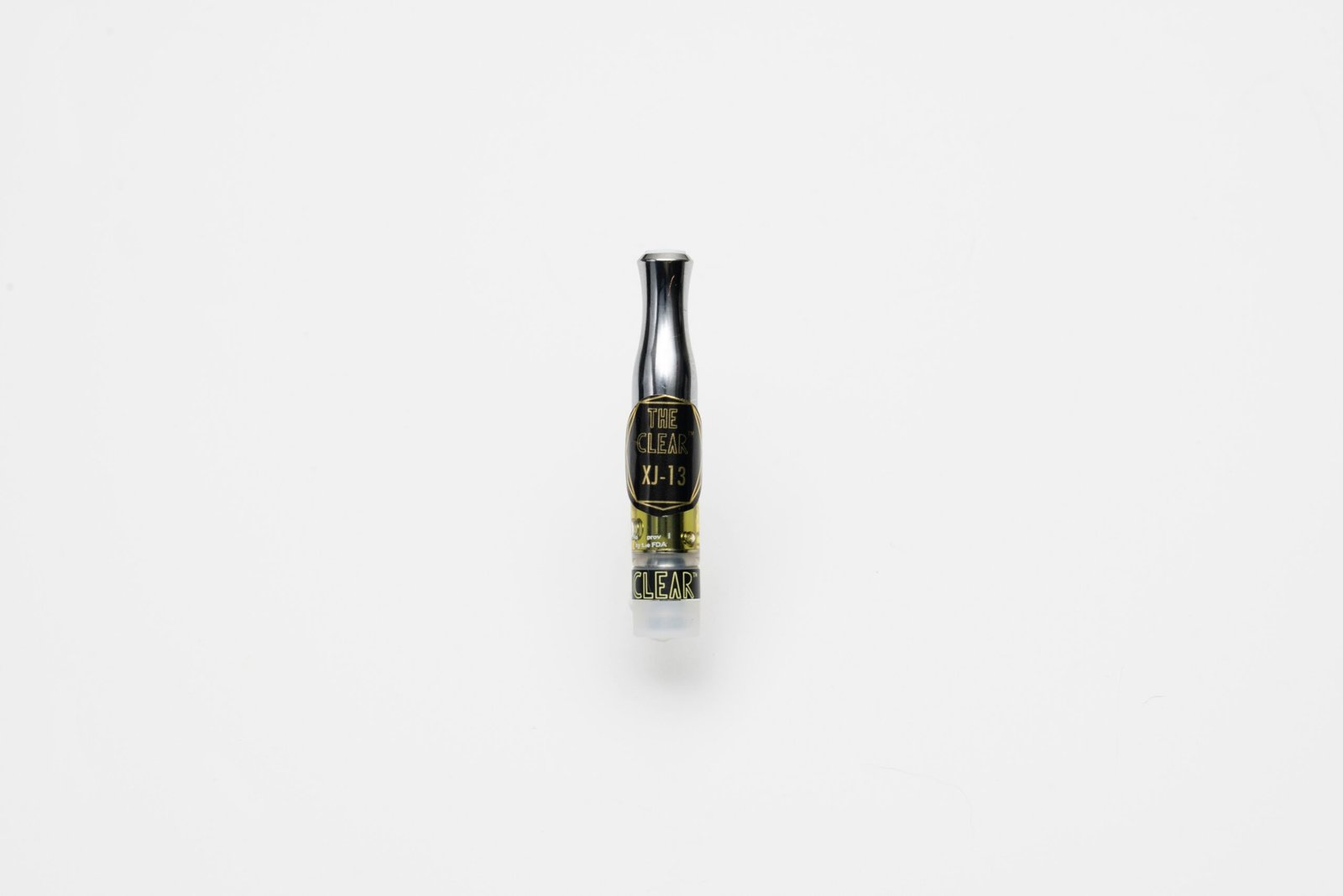The Origins of Vape Cartridges
The history of vape cartridges traces back to the early 2000s, coinciding with the broader emergence of vaping as an alternative to traditional smoking. The concept of a vaporization device was pioneered by Hon Lik, a Chinese pharmacist, who introduced the first commercially successful electronic cigarette in 2003. This revolutionary product featured a cartridge that contained a liquid solution comprising nicotine and flavoring, which was vaporized through an atomizer. This innovative technology marked the beginning of the vaping industry and laid the groundwork for modern vape cartridges.
Initially, the cartridges were simple in design, typically made from plastic or glass. The primary function of these early cartridges was to mimic the sensation of smoking, catering specifically to users transitioning away from conventional tobacco products. The liquid within these cartridges was usually based on propylene glycol or vegetable glycerin, enabling a smoother inhalation experience. These materials were selected not only for their compatibility with vaping devices but also for their ability to replicate the throat hit associated with smoking.
As the popularity of vaping grew, early innovators began to refine the design and functionality of vape cartridges. The move towards pre-filled cartridges occurred as vaping entered the mainstream market. Companies recognized the need for convenience and user-friendliness, leading to the development of standardized, disposable cartridge systems that made it easier for users to enjoy their experience without the complexities of refilling. Key milestones during this time included the introduction of different coil types, materials, and capacity enhancements, all aimed at improving performance and customization for users.
Overall, the origins of vape cartridges set the foundation for continuous evolution in the vaping industry, driving advancements that would shape future designs. Understanding this historical context is vital for appreciating the technological innovations present in today’s vaporizer systems.
Technological Advancements and Design Changes
The evolution of vape cartridges has been significantly shaped by technological advancements over the years. One of the most noteworthy changes in design is the transition from conventional plastics to more sophisticated materials, such as glass and metal. This shift not only enhances the aesthetic appeal of vape cartridges but also profoundly impacts flavor quality and usability. Glass, for instance, is renowned for ensuring that the integrity of the e-liquid is maintained, preventing any leaching or evaporation that can occur with plastic cartridges. Metal constructions further contribute to durability and resistance to breakage, making them a favorite among consumers looking for longevity in their devices.
Another critical development in vape cartridge design is the introduction of advanced coil technologies. Early vape cartridges utilized simple, basic coils that limited heating efficiency and vapor production. Recent advancements, however, have led to the incorporation of materials such as nickel, titanium, and stainless steel, which not only enhance the overall performance but also allow for quicker heating times. This evolution in coil technology provides users the ability to experience richer flavors and an improved throat hit, making vaping more enjoyable.
Temperature control is another innovation that has revolutionized the vaping experience. By giving users the ability to adjust the heating element’s temperature, vape cartridges can now offer tailored experiences that suit individual preferences. This advancement helps prevent dry hits and encourages users to explore a broader range of flavors without the risk of combustion. Additionally, recent designs have integrated features that allow for better airflow management, leading to smoother inhalation and increased vapor production.
In conclusion, the combination of improved materials and cutting-edge technologies has significantly transformed vape cartridges. As the industry continues to innovate, it is likely that future designs will further enhance the quality, usability, and overall experience, catering to the evolving needs and preferences of consumers.
The Influence of User Preferences and Market Trends
The design of vape cartridges has evolved significantly as a direct response to changing user preferences and emerging market trends. One of the most notable developments has been the increasing demand for customizable options. Modern consumers are not only looking for functionality but also personalization, seeking cartridges that reflect their individual tastes and preferences. This shift has prompted manufacturers to incorporate a variety of designs, colors, and sizes, catering to a more diverse demographic.
Additionally, varying tank sizes have gained popularity among users, as different individuals have different vaping styles and needs. Some prefer compact cartridges for on-the-go convenience, while others favor larger tanks for longer sessions. This adaptability in design allows for a broader range of user satisfaction, making it essential for companies to innovate continuously. Portability has also taken center stage, as consumers desire devices that are easy to carry and use in a multitude of settings.
The rise of pre-filled cartridges has further transformed the market landscape. With many users preferring the convenience and ease of use that pre-filled options offer, manufacturers have had to adapt their designs accordingly. These cartridges are becoming a standard as they eliminate the need for complicated refills and maintenance, appealing to both novice and experienced vapers alike. As a result, design considerations now focus on ensuring reliability and quality, with an emphasis on materials that enhance the user experience.
Overall, the dynamic nature of user preferences, coupled with evolving market trends, has pushed manufacturers to continuously refine the design of vape cartridges. Their strategies must align not only with functionality but also with the lifestyle changes and behaviors of their consumer base, paving the way for future innovations in the vaping industry.
The Future of Vape Cartridge Design
The evolution of vape cartridge design has been significantly influenced by technological advancements and changing consumer preferences. As the market for vaping continues to grow, it is anticipated that future designs will not only focus on aesthetics but also on functionality and sustainability. One major trend likely to emerge is the use of sustainable materials in manufacturing vape cartridges. With increasing awareness regarding environmental issues, manufacturers may shift towards biodegradable or recyclable materials, minimizing the ecological footprint associated with traditional plastic cartridges.
In addition to sustainability, the integration of smart technology within vape cartridges is expected to be a prominent development. Smart cartridges could feature embedded sensors that track usage patterns and provide users with valuable feedback, such as the remaining liquid levels, temperature control, or even personalized vaping experiences based on user preferences. This technological advancement could enhance user convenience and make vaping a more tailored experience.
Improved safety features will also play a crucial role in the future of vape cartridge design. As regulations surrounding vaping products become more stringent, manufacturers are likely to prioritize safety enhancements such as child-resistant packaging, leak-proof designs, and advanced heating mechanisms that minimize the risks of overheating. These innovations will serve to build consumer trust and promote responsible use of vaping devices.
Moreover, regulatory frameworks will have a significant impact on the direction of vape cartridge design. As governments implement more comprehensive regulations, the industry will need to adapt, fostering innovation that complies with safety standards while satisfying consumer demands. The anticipated convergence of technological capabilities and evolving market dynamics will surely shape the future landscape of vape cartridges, paving the way for a more enhanced, safe, and sustainable vaping experience.


